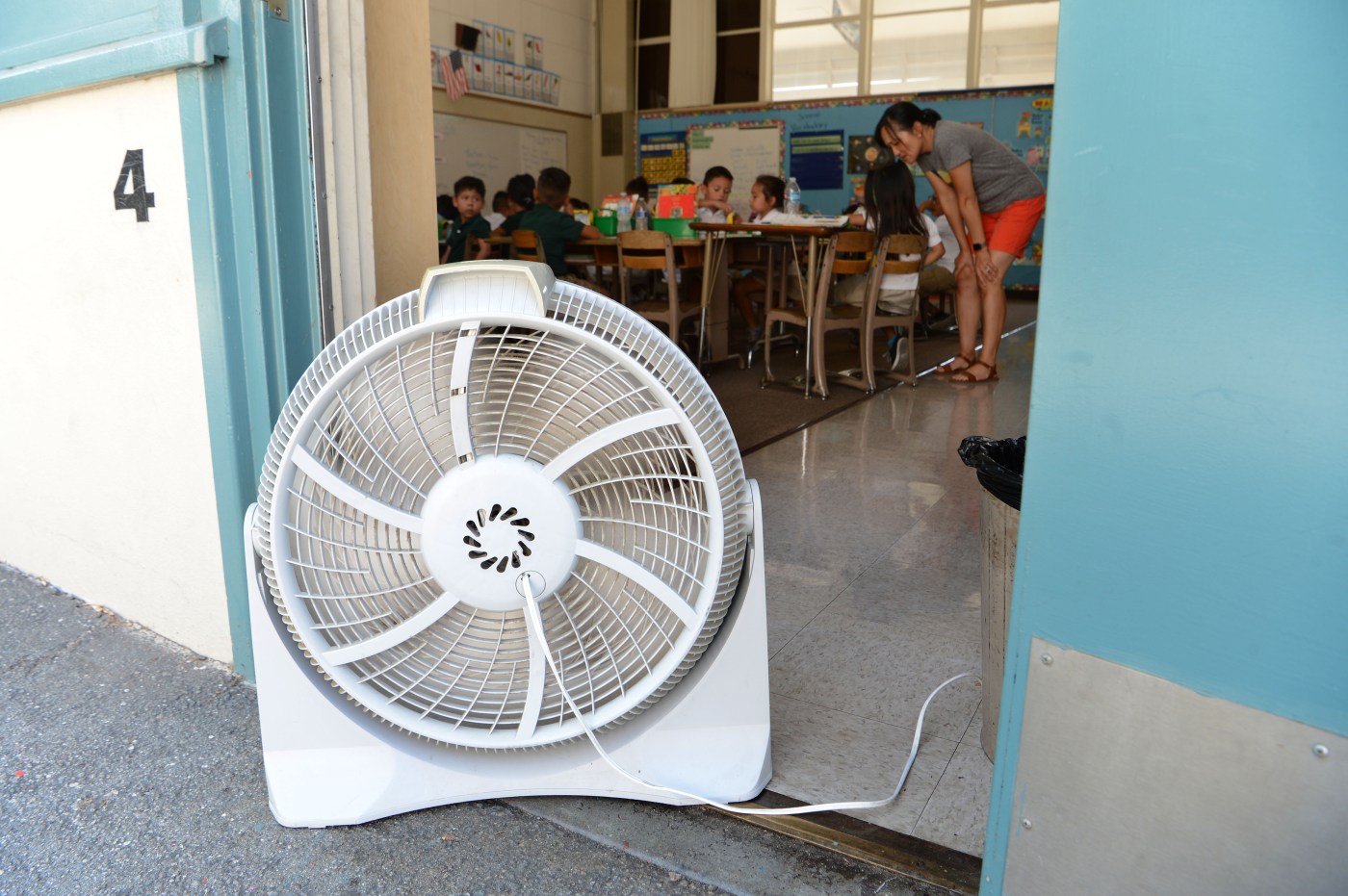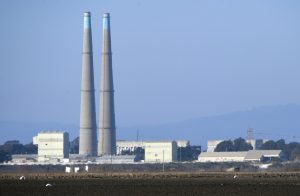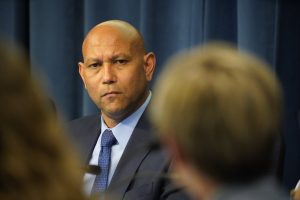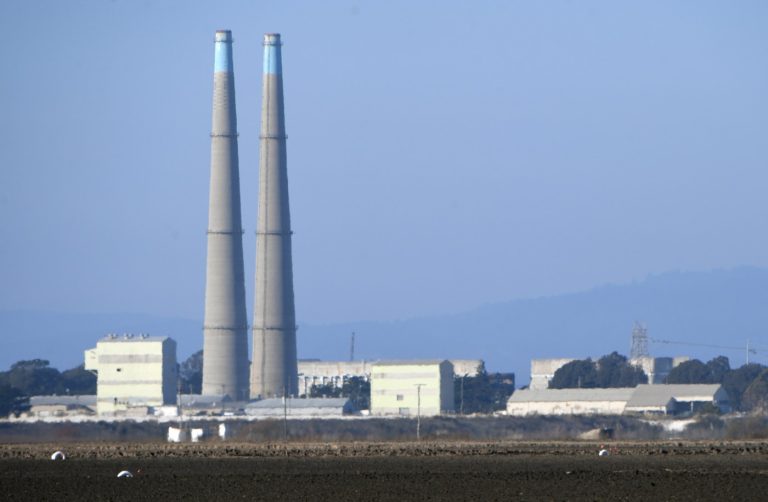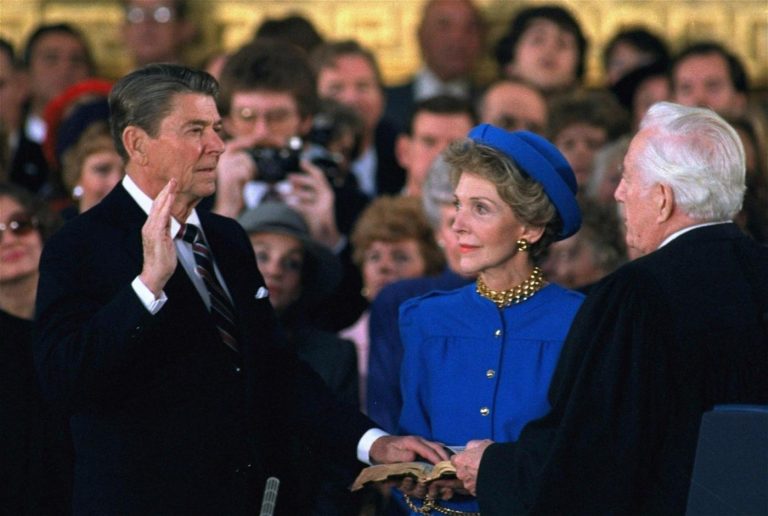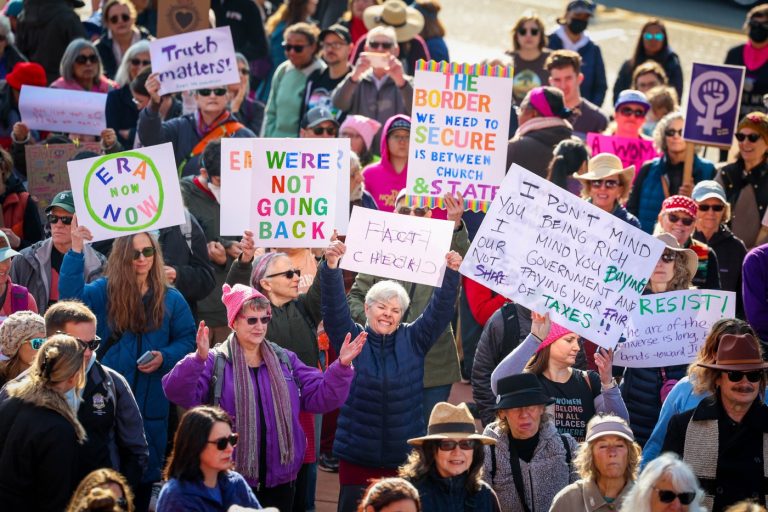Our planet has just endured its hottest summer on record, with 2024 on track likewise to become the hottest year since recordkeeping began.
We see the impact of this heating in thousands of ways: The city of Phoenix this year endured 100 days of 100 degrees or hotter; some 1,300 Hajj pilgrims in Saudi Arabia reportedly died in the heat; Arctic ice is shrinking and far below average; and in some places, monkeys and bats have tumbled out of trees from the heat.
We tend to focus on the cataclysmic risks of climate change — polar ice caps melting, seas rising dramatically, our planet becoming uninhabitable — and those are real. But over the last couple of decades, we’ve accumulated evidence that the more mundane effects of heat are already upon us, impacting our daily lives. For example, more people fall off ladders on hot days than on cool days. They are more likely to kill themselves. They are also more likely to kill someone else.
Meanwhile, students learn less on hot days. They perform worse on exams. After a natural disaster, students are less likely to go to college. In other words, extreme weather damages far more than property, for it also is devastating to human capital.
“The familiar climate catastrophe framing may be missing some of the most important features of the real climate change story,” R. Jisung Park, an economist at the University of Pennsylvania, notes in his excellent recent book, “Slow Burn.”
Silent but deadly
Park argues convincingly that we have been so focused on apocalyptic scenarios that we haven’t focused enough on the other consequences of climate change.
Unless we do more to address the impact on education, hotter temperatures may reduce student learning in the United States by about 10% over the course of a year, Park’s research finds. Because Black and Latino students disproportionately live in hotter parts of the country and attend schools with less air conditioning, rising temperatures appear to magnify the learning gap, Park says.
Then there are forest fires. We focus on the immediate damage caused by fires, such as the 20 to 30 people who die in America from wildfires in a typical year. But wildfires linked to climate change are exposing more people to smoke that may claim far more lives.
Air pollution already is linked to an estimated 7 million deaths globally each year, mostly by contributing to heart disease, respiratory diseases and cancer. Researchers estimate that in the United States, wildfire smoke claims 5,000 to 15,000 lives each year — yet these deaths don’t get attention because there is no dramatic footage of flames to frighten us. People may think that their loved ones died of heart disease or old age, but another factor may have been climate change.
Climate change may influence crime as well, for researchers find that murder, aggravated assault and rape all are more common when the mercury rises. One researcher estimated that the increase in temperatures because of climate change may lead to 1.6 million additional cases of aggravated assault and 200,000 additional rapes in the United States over this century.
We also know that hotter temperatures impair our productivity. A naval officer makes an average of 11 or 12 mistakes per hour in translating Morse code when the temperature is between 85 and 90 degrees, a British study found, but 95 mistakes per hour when the temperature rises to 105 degrees.
Even professional athletes are affected. One study looked at how tennis players do when temperatures rise. When it is 95 degrees, the likelihood of a double fault increases, and rallies are shorter.
Embrace the nuance
Yet always remember that climate is complicated.
A dozen years ago, scientists worried that the Earth might heat by 4 degrees Celsius by the year 2100, compared with the preindustrial period, while it now seems more likely that the increase may be around 2.5 degrees or less (which is still deadly and utterly intolerable).
Related Articles
Did climate change make the 3 Southern California wildfires worse?
Has a California lab discovered the holy grail of plastic recycling?
Opinion: Climate costs go up if California fails to act with Prop. 4
Opinion: California has enough debt. Don’t add $10 billion more for a climate bond
Should California cities and counties be allowed to ban oil drilling? Gov. Gavin Newsom will decide
In addition, scholar and writer Bjorn Lomborg correctly notes that many more Americans die from cold than from heat. So rising temperatures could plausibly lead to a net drop in American deaths. At a global level, though, Park said that he would expect that “unabated climate change will lead to very significant increases in mortality.”
My take is that we should embrace the nuance. We don’t need to hype the risks or conjure nightmares, for we now have abundant evidence that even at current levels of warming, we are doing great damage to our species (not to mention to the monkeys and bats falling down on us).
I’ve written my share of apocalyptic pieces about climate, from “methane burps” to the acidification of seas dissolving some plankton that are the basis of the food chain. These are legitimate concerns. But doomsday scenarios haven’t brought us to our senses, and we shouldn’t let them distract us from the immediate challenge: If we let warming continue, more people will be victimized by crime, children will learn less, and more of us will slip off ladders.
Nicholas Kristof is a New York Times columnist.
